As I plucked the strings of an Old Kraftsman guitar, a wave of nostalgia washed over me, transporting me to a time when craftsmanship defined musicality. With decades spent analyzing vital build techniques and tonal characteristics, I’ve learned that these vintage guitars are more than mere instruments—they’re tangible chronicles of American musical history. Although many might overlook the nuanced details that distinguish a Kraftsman from other vintage models, comprehensive study and restoration reveal unique identifiers, construction quirks, and tonal signatures. In this article, I bring together both empirical observation and referenced expertise to help enthusiasts identify, date, and restore Old Kraftsman guitars in ways that preserve their value and story.
Who Made Old Kraftsman Guitars? Understanding Their Origin and Manufacturers
The Role of Kay Musical Instrument Co.
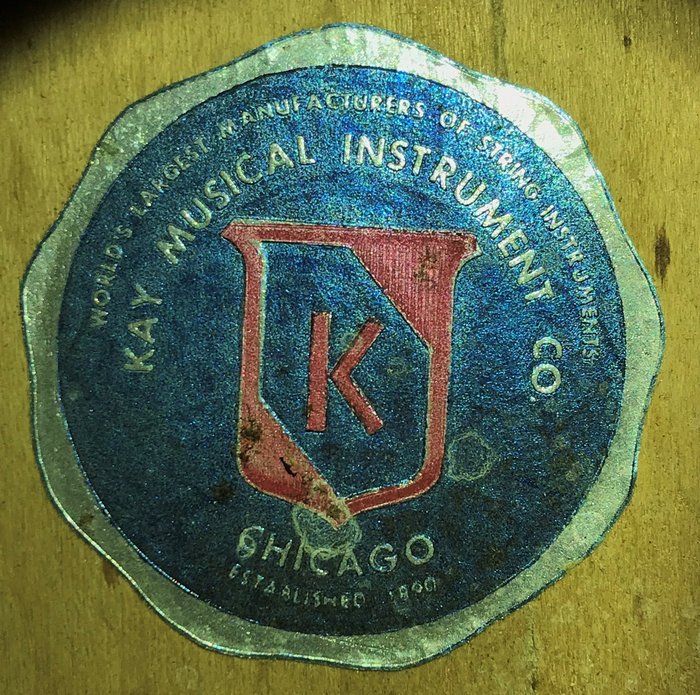
Many Old Kraftsman guitars can be traced to the manufacturing legacy of the Kay Musical Instrument Co., a significant player in the early-to-mid 20th-century American guitar market. Founded in 1931, Kay was one of the largest producers of stringed instruments in the United States until the late 1960s. Their approach was to offer affordable instruments for mass markets, including department stores and mail-order catalogs, without abandoning basic standards of craftsmanship (Premier Guitar: A Brief History of Kay Guitars). This “quality-for-the-price” ethos resulted in guitars with laminated bodies and cost-effective appointments, helping keep prices accessible for working-class musicians during the Great Depression and post-war years.
However, Kay’s output was vast and varied. Not all Kay-built Kraftsmans are regarded equally in today’s market. The differences in wood selection, hardware, and finishing have a pronounced impact on today’s collectibility, as corroborated by auction data and collector forums. Inconsistencies resulting from mass production—such as the occasional use of lower-grade tuners or variable bracing designs—can complicate restoration and affect long-term value. Accurately distinguishing Kay-built Kraftsmans requires familiarity with their build cues and catalog records, which is essential for objective valuation and restoration planning.
Other Associated Makers and Distributors
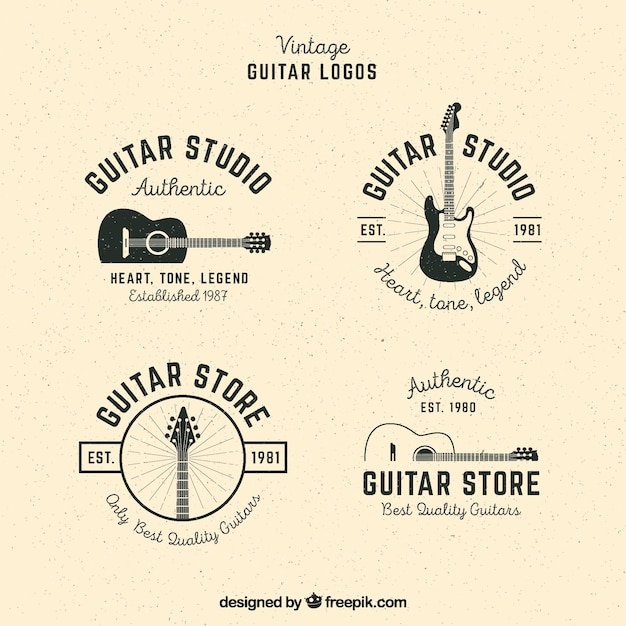
Old Kraftsman was, in fact, a trade name used by Chicago’s Spiegel catalog and as such, Kraftsman guitars were sourced from a broader network beyond just Kay. Industry research confirms that other major budget builders, notably the Harmony Company, often produced models for the Kraftsman line. Harmony, established in 1892, was America’s largest instrument maker post-WWII and produced many guitars under badge-engineered labels—the result was cyclical stylistic borrowing and bewildering variability between seemingly similar Kraftsman models. Regal, another prolific Chicago maker, also supplied instruments, especially in the archtop sector, leveraging their robust production capabilities.
This diversity means that finding a Kraftsman requires a careful eye for construction methods, internal labeling quirks, and body shapes. As corroborated by the article “History of Vintage Guitars“, expertise in identifying manufacturer hallmarks—such as Kay’s checkerboard binding or Harmony’s distinct headstock silhouettes—broadens one’s ability to pinpoint provenance and period. These overlaps and distinctions, when objectively analyzed, enrich both our understanding and our approach to dating and restoration.
What Are the Key Features of an Old Kraftsman Guitar?
Body Styles, Materials, and Markings
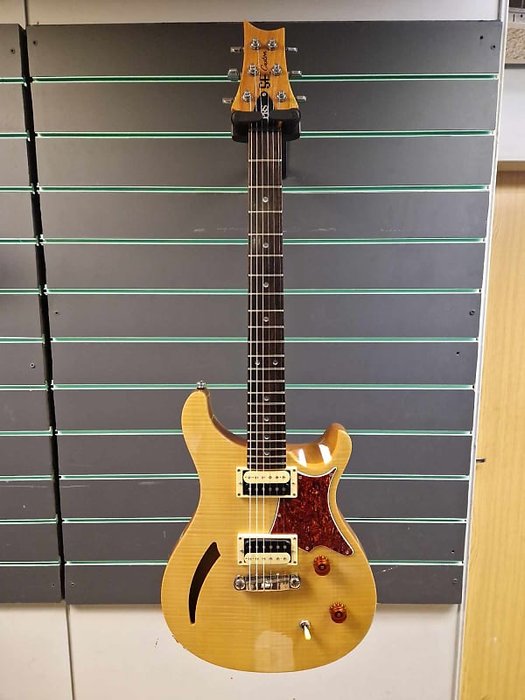
Identifying a Kraftsman guitar begins with careful scrutiny of the body shape, tonewoods, and factory markings. According to AcousticMusic.org, inspectors should examine soundhole stamps, inked numbers on the neck block, and pressure-stamped brand marks—these can be diagnostic clues to age and origin, although these features are sometimes absent on budget models.
A defining material distinction is the use of tonewoods. The shift from solid spruce to plywood tops in the 1940s and 1950s represented a manufacturing compromise, increasing durability but sometimes muting resonance. Fingerboard woods range from dyed maple to genuine rosewood, impacting both tone and tactile feel. Catalog analysis reveals the presence of checkerboard binding, distinctive f-hole shapes, and celluloid appointments on certain models—examining such features is essential for correct model identification and for gauging restoration priorities.
Unique Identifiers for Dating and Identification
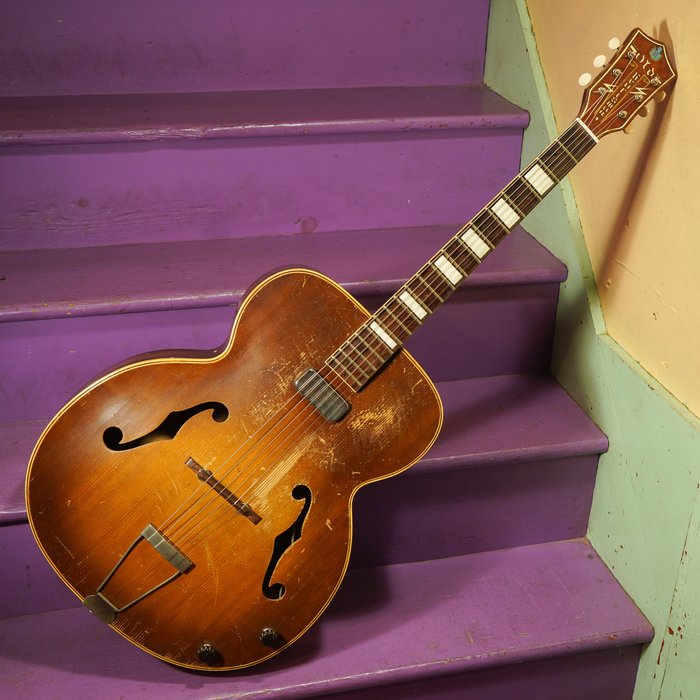
Inconsistent serial numbers and obscure model labels remain common stumbling blocks for vintage enthusiasts. So how do experts distinguish genuine Kraftsmans? As confirmed through resources like Emerald City Guitars and detailed research such as S. Nathaniel Adams’ Kay Guitar guide, examination should focus on serial formats (often a stamped five- or six-digit code), headstock decals, and unique label designs inside the body. Cross-referencing catalog scans and serial charts helps to untangle overlaps in production years between various Chicago builders.
That said, not every identifier is conclusive; some guitars may lack numbers entirely, especially Harmony-made or Regal-sourced examples intended for rapid distribution. In such cases, experienced collectors conduct comparative analyses of construction (neck joints, kerfing, and bracing patterns) to determine likely vintage and factory. This methodical verification informs both accurate dating and subsequent valuation.
When Were Old Kraftsman Guitars Produced? A Guide to Dating and Serial Numbers
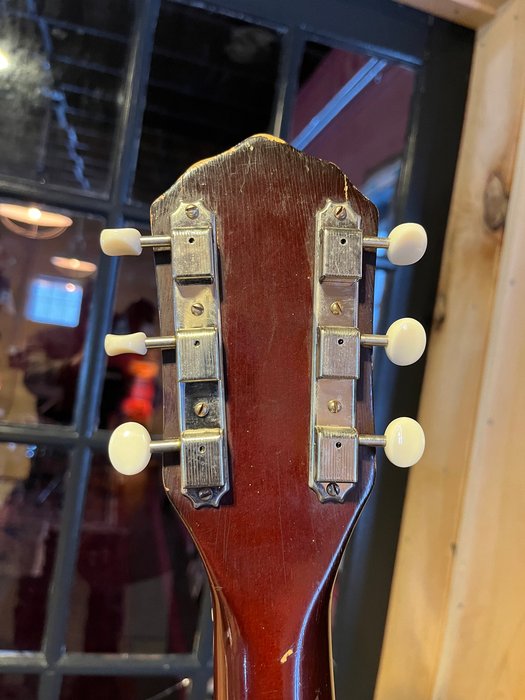
Two Old Kraftsman guitars stamped with the same year can sound wildly different—a function of both model evolution and manufacturing context. The general consensus places Old Kraftsman’s production window roughly between the mid-1930s and the late 1960s (Blue Book of Guitar Values), coinciding with peak output at Kay, Harmony, and Regal. Individual models reflect both their stated era’s popular musical influences and prevailing material constraints—wartime shortages, for instance, frequently resulted in the use of lower-grade woods or non-original hardware.
Despite widespread belief, not all serial numbers follow a consistent logic. Some Kraftsman guitars—particularly Kay-made models—feature serials that correspond to batch and year codes familiar from mainstream Kay models, but others lack such traceable patterns. As established in serial number lookup resources, the absence of a clear serial should prompt detailed investigation of other elements: tuner types, heel shapes, pickguard materials, and hardware corrosion patterns. Period catalogs, available in archives like the CSUN Library, help bridge gaps in direct serial data, emphasizing the blend of science and detective work necessary to accurately age an instrument.
Where Can You Find, Buy, or Sell Old Kraftsman Guitars?
Best Places to Search for Old Kraftsman Guitars

While online platforms like eBay and Reverb provide broad exposure, many significant Kraftsman finds emerge through more analog means. Surveys from vintage guitar forums consistently report successful acquisitions at regional pawn shops, estate sales, and flea markets, often at prices below those set by online listings. This can be attributed to incomplete knowledge among sellers regarding the specific collector market for badge guitars. Websites dedicated to vintage trading, such as Gbase, occasionally feature rare Kraftsman models, though selection and pricing vary widely. Additionally, active participation in specialized forums and networking with long-time collectors can grant access to unrestored examples that rarely reach the open market, as reflected in collector interviews published in periodicals like Vintage Guitar magazine.
However, the buyer’s due diligence is essential: provenance checks, detailed inspections, and caution about replaced parts or poorly-done repairs must be prioritized to avoid future restoration headaches or overpayment.
Selling and Valuing Vintage Instruments

Assuming all Old Kraftsmans are inherently valuable is misleading; true worth is established by objective assessment and timely market analysis. Today’s vintage guitar market is shaped by multiple shifting factors (Vintage Instrument Market Trends)—not only instrument age and cosmetic condition, but also rarity, originality, and documented provenance. Auction data demonstrates that all-original Kraftsmans with clear lineage and desirable features (e.g., checked binding, historically correct tuners) can fetch a premium, yet many altered or heavily worn models trade for considerably less.
Before selling, prospective sellers are advised to secure formal appraisals and consult recent sales records. Objective, well-documented listings, preferably with high-resolution images and a transparent description of any replaced parts, will command greater buyer trust and often higher offers. For high-end or rare variations, direct consignment with vintage-focused dealers frequently yields better returns than quick-sale online platforms.
Why Do Collectors Value Old Kraftsman Guitars?
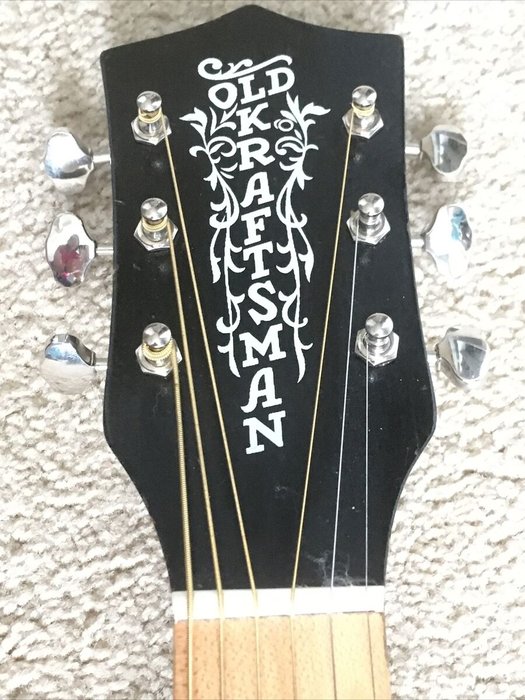
Old Kraftsman guitars attract sustained interest from collectors for several reasons, combining nostalgia, distinctive tone, and affordable entry into the vintage market. Sound-wise, many Kraftsmans—especially Kay-built archtops—deliver a mellow, woody resonance favored for blues, jazz, and fingerstyle genres. Collector interviews commonly cite the “rootsy” tonal signature as their main appeal, echoing the sentiment that these instruments “have a sound you can’t quite find today.” Their construction, typically sturdy due to ply and ladder bracing, offers both advantages for longevity and limitations for nuanced tone compared to higher-end contemporaries.
That being said, one must account for wide variation in build quality. Over several restoration projects, I have encountered examples whose playability and acoustic character were compromised by original design shortcuts or unavoidable decades of neglect. Some require significant refurbishment to achieve satisfactory performance. Thus, a discerning approach is warranted: purchasers should weigh the balance between desirable vintage “mojo” and the realities of maintenance, value, and potential playability. This complexity is precisely why, when prized Kraftsmans in genuinely original and playable condition come to market, they continue to attract spirited interest from musicians and collectors alike.
How to Restore and Maintain an Old Kraftsman Guitar
Step-by-Step Restoration Basics
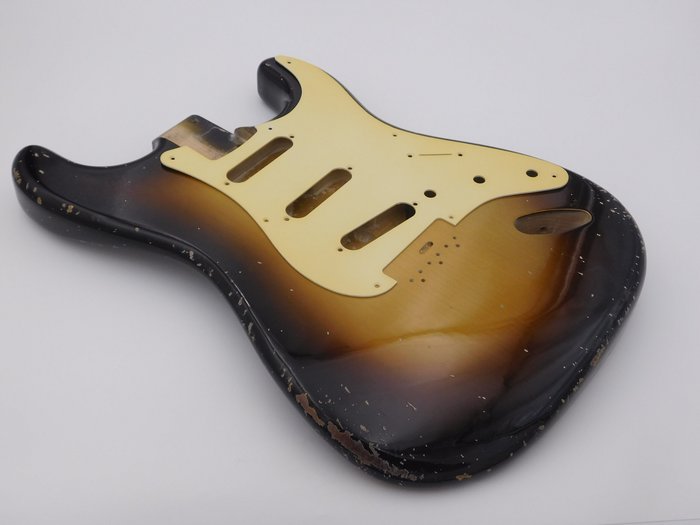
Restoration can transform a deteriorated Kraftsman from wall-hanger to stage-ready—if approached with care and expertise. There is a crucial distinction between superficial repair and historically mindful restoration, as articulated in resources like Guitar Restoration Tips & Tricks.
The process commences with a structured assessment: examine the neck angle (a common trouble spot on older Kraftsmans), check for open seams, top cracks, bridge lift, or binding rot. Cleaning is best achieved with minimally abrasive, non-reactive solutions to protect patina and decals. For structural repairs, modern glues may offer superior strength, yet their use should be judicious to avoid irreversible modification, according to conservation standards. Re-fretting, nut replacement, and careful truss rod adjustment can restore playability provided that original parts are documented, even when they must ultimately be replaced. Balancing sound, structural integrity, and historical fidelity is the core challenge—and reward—of vintage restoration.
Finding and Replacing Kraftsman Guitar Parts
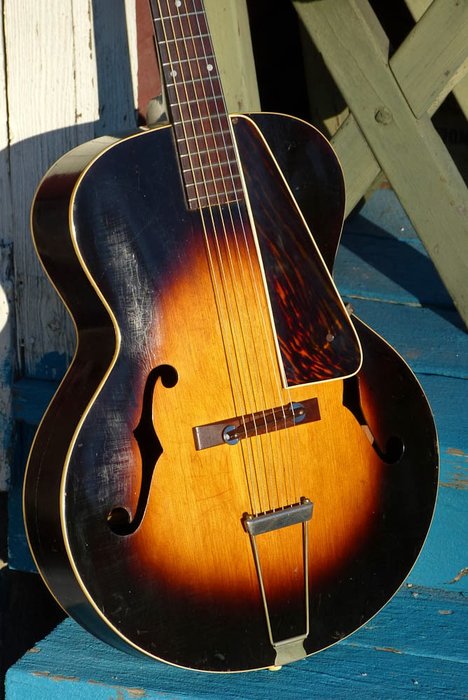
Locating period-correct replacement parts can be a labyrinth for Kraftsman restorers. While reproduction bridges, tuners, and pickguards are increasingly available thanks to a robust aftermarket (Guitar.com vintage restoration guide), purists and high-end collectors strongly value original hardware. Sourcing “new old stock” (NOS) components may require combing through vintage guitar dealer inventories and networking within online communities dedicated to prewar and catalog guitars. When viable, salvaged original parts—recovered from non-restorable donors—can impart both authenticity and improved value.
Nevertheless, there is a pragmatic case for well-made modern substitutes when original parts are either cost-prohibitive or functionally compromised. In my own projects, I have weighed the needs of playability versus collectible authenticity, opting for reversible modifications whenever possible. Thus, a restorer’s aim should be clear from the outset: create a faithfully restored display piece, or a musically rewarding player imbued with vintage character—each path comes with distinct ethical and market considerations.
FAQs: Answers to Common Questions About Old Kraftsman Guitars
How can I identify an Old Kraftsman guitar?
What are the key features of vintage Kraftsman guitars?
How do I date my Old Kraftsman guitar?
What steps should I take to restore a vintage Kraftsman guitar?
Conclusion: Bringing New Life to Your Old Kraftsman Guitar
Each Old Kraftsman guitar stands as both a challenge and an opportunity for the passionate enthusiast. My years of hands-on work and research reinforce that successful restoration is grounded in critical evaluation, historical awareness, and respect for the instrument’s original character. While restoring these guitars can be complex and occasionally frustrating, the rewards—preserving history, unlocking forgotten sound, and connecting with generations of musicians—are undeniably profound. Through patient craftsmanship and informed decision-making, the legacy of the Old Kraftsman can continue to inspire for decades to come.